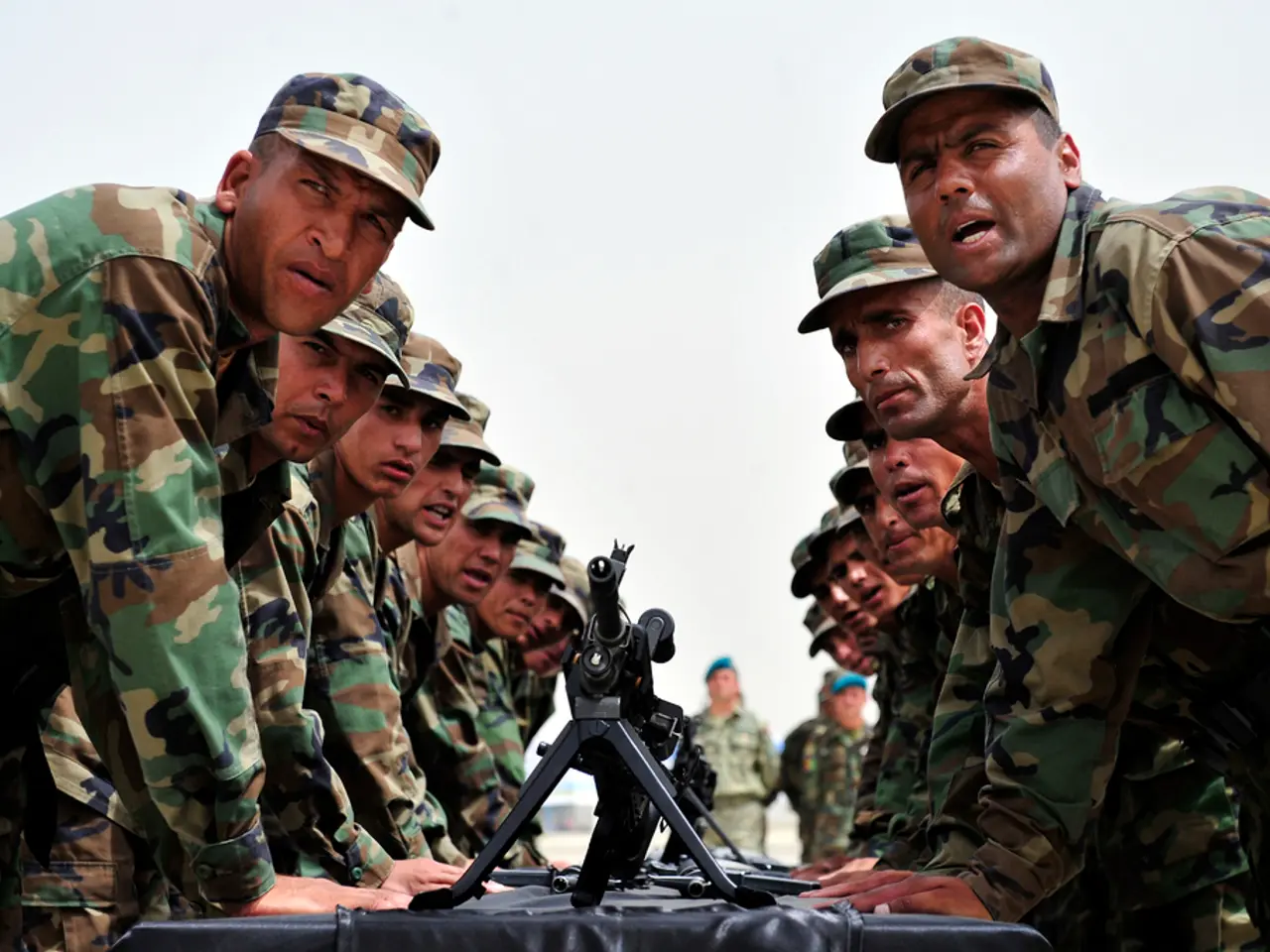Assessing Power Dynamics in War: Misconceptions about Quantifying Dominance on Color-Coded Battlefield Maps
Armed groups, such as the Taliban and Al-Shabaab, exert control not just over territory, but also over people and behaviour. This control can be achieved without holding territory or even maintaining a stationary presence.
In Mali, for instance, the armed group JNIM facilitated access for humanitarian actors to boost its popularity and reinforce its image as a de facto authority. Similarly, Al-Shabaab in Mogadishu coerces businessmen to pay taxes, earning more revenue than the government collects.
These armed groups seek to control economic activity to fund their causes and reinforce their own legitimacy. They tax goods and behaviour considered morally wrong to shape behaviour, and provide their own forms of dispute resolution to establish a presence in communities and link with civilians. In rural areas, the Taliban had set up a parallel administration complete with tax collectors and courts.
Armed groups also draw on practices and capacities related to territorial control, social service provision, political governance, and armed resistance to achieve control. The Taliban, for example, were in de facto control of much of the population in Afghanistan long before August 2021, a fact that was often underestimated due to color-coded maps favouring the government side.
Understanding how armed groups exercise control is crucial for operating in conflict zones, as various authorities often compete over control and government institutions remain weak. The key dynamics and practices include territorial and network control, institutional integration and governance, military and coercive capacities, and network centrality and territorial disputes.
Territorial and network control involves creating "corridors" connecting non-contiguous regions to expand influence beyond contiguous territories. Armed groups form complex networks of armed substructures operating in multiple locations, often overlapping in municipalities. This leads to both competition and tactical collaborations among armed groups, with some areas becoming highly contested hubs where multiple groups interact intensely.
Institutional integration and governance sees certain groups integrating into or parallel state institutions to exercise governance. For example, Hamas in Gaza developed distinct branches (social, political, military), administering social services and state functions alongside armed resistance. This institutionalization enables them to project legitimacy and consolidate control beyond pure coercion, thereby expanding their political sphere of influence.
Military and coercive capacities involve maintaining or expanding military capabilities to assert control and deter adversaries. Armed groups strengthen their ground forces, secure financial aid for armaments, and strategically plan offensive operations. The capacity to sustain armed resistance and military intimidation is crucial in controlling territory and shaping political outcomes.
Network centrality and territorial disputes reveal how armed groups negotiate control and influence across space and among rival actors. When a few groups dominate a location and interact closely, the structure becomes centralized. When territories are more differentiated, the structure resembles a collection of partially connected cliques, highlighting zones of contention and bridging nodes that connect otherwise distant areas.
Overall, armed groups draw on a combination of territorial presence, institutional governance (including provision of services), military strength, and complex networked interactions to exercise control in multiple spheres, adapting their strategies over time based on local conditions and broader conflict dynamics. These practices enable them to create and maintain spheres of influence that are spatial, political, social, and military in nature.
It is important to note that violence can be misleading, and the most important things to understand regarding violence are how a specific armed group uses violence to exert control, and what any shifts in tactics signal about control. Tracking fault lines within a society may be key in identifying early forms of mobilization that occur before violence.
By mapping control differently, focusing on fluid and overlapping layers of influence exerted by various actors, we can improve real-time analysis of armed group control that goes beyond simplistic color-coded maps. This understanding is crucial for operating effectively in conflict zones and for peacebuilding efforts.
[1] Kalyvas, S. (2016). The Logic of Violence in Civil War. Cambridge University Press. [3] Wood, E. (2010). Insurgent Evolution: The Political Economy of the Taliban. Small Wars & Insurgencies, 21(1), 87-104. [5] Kocher, T., & Gleditsch, N. P. (2014). How Armed Groups Evolve: A Comparative Analysis of Insurgent Organizations. Journal of Peace Research, 51(5), 619-633.
- Armed groups, such as the Taliban and Al-Shabaab, not only control territories but also exert influence over people and behaviors through various strategic means, including taxation, dispute resolution, and institutional integration.
- In order to sustain control, armed groups often engage in military and coercive activities, strengthening their ground forces and expanding their military capabilities to deter adversaries.
- To create and maintain spheres of influence, armed groups also employ complex networked interactions, forming alliances with other groups and creating "corridors" connecting non-contiguous regions to expand their influence.
- Understanding how armed groups exercise control is essential for operating effectively in conflict zones, as various authorities often compete over control and government institutions remain weak. By mapping control differently, focusing on fluid and overlapping layers of influence exerted by various actors, we can improve real-time analysis of armed group control that goes beyond simplistic color-coded maps, aiding peacebuilding efforts.







